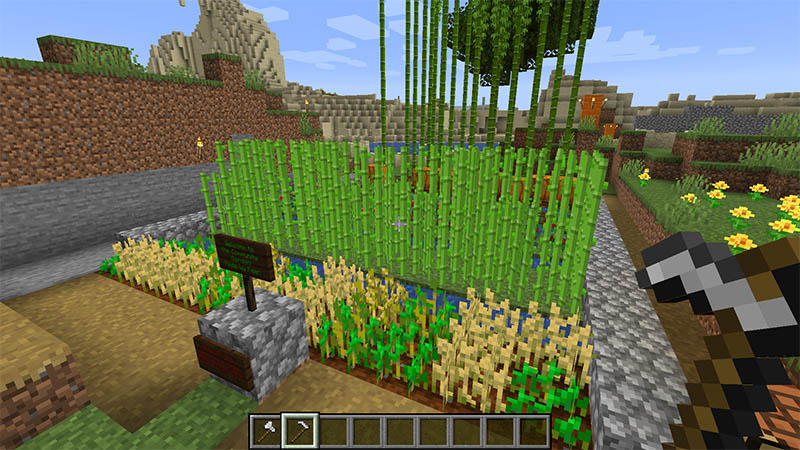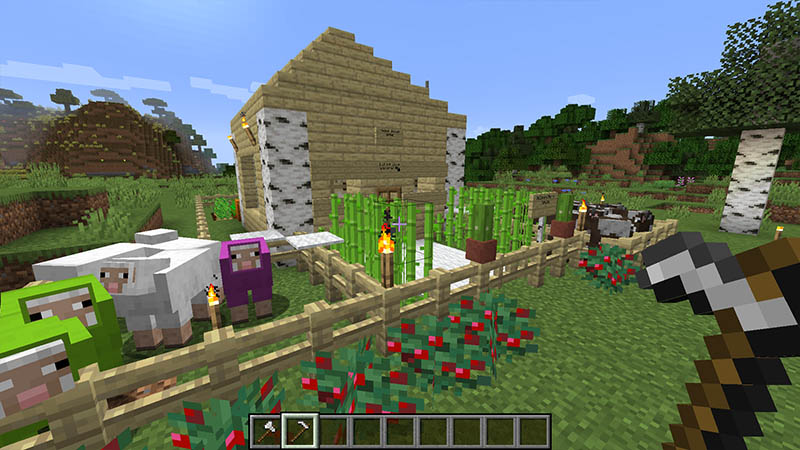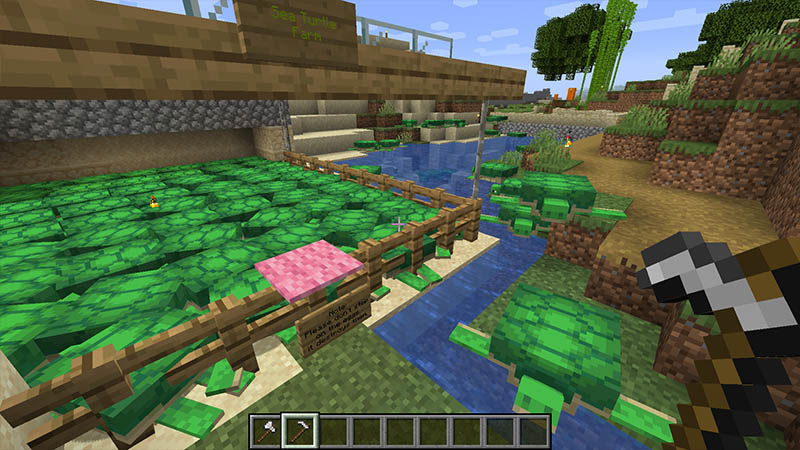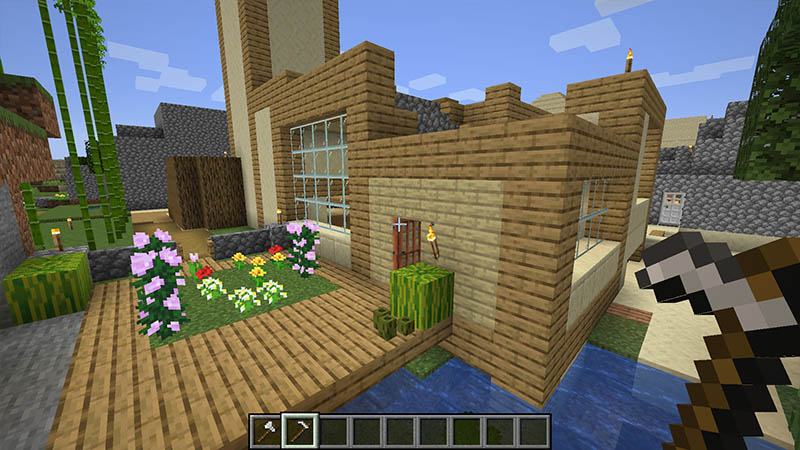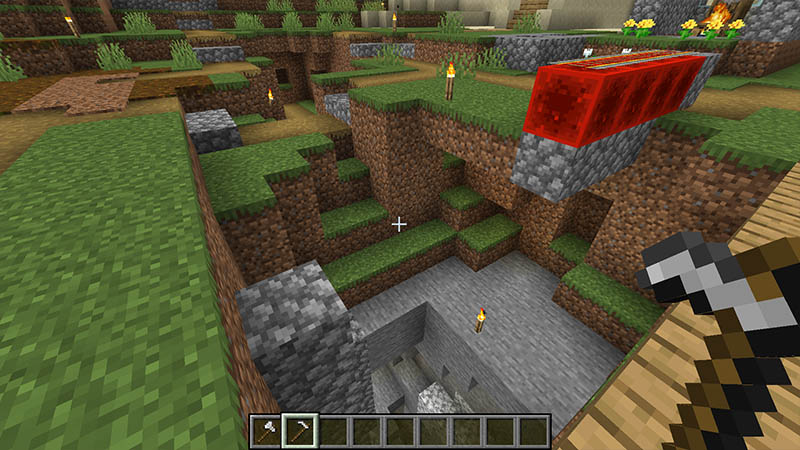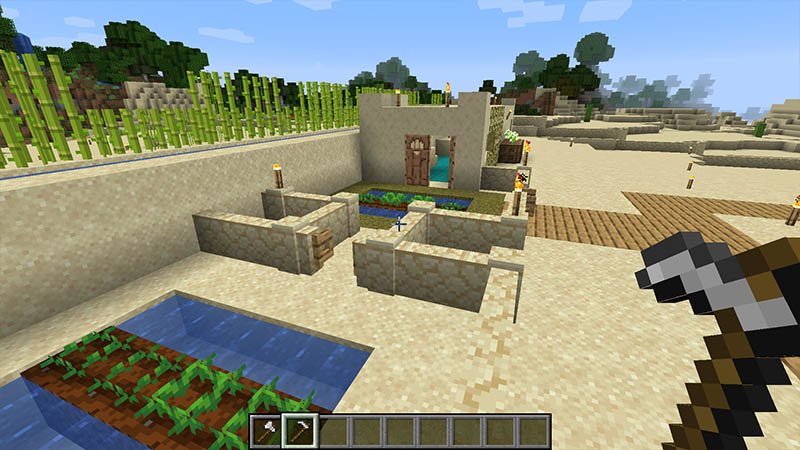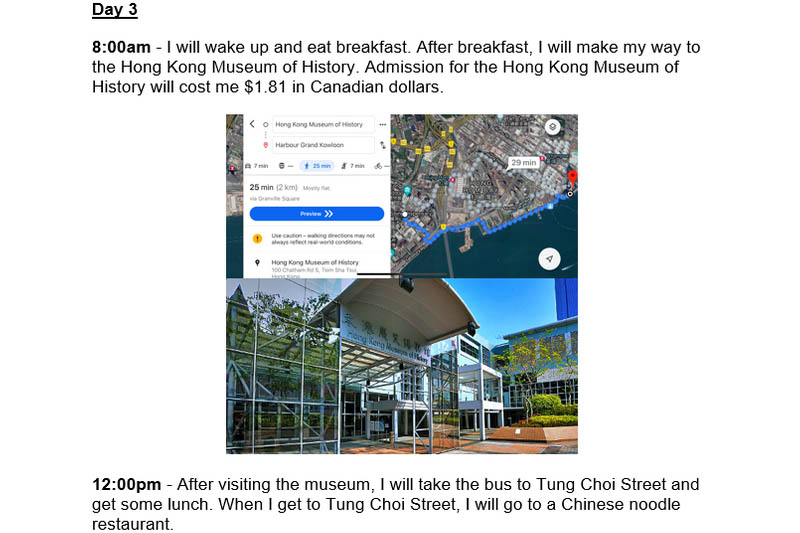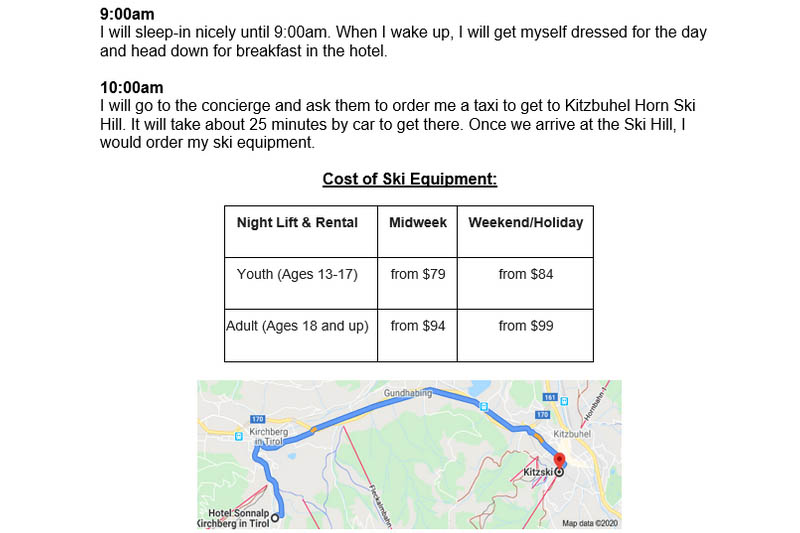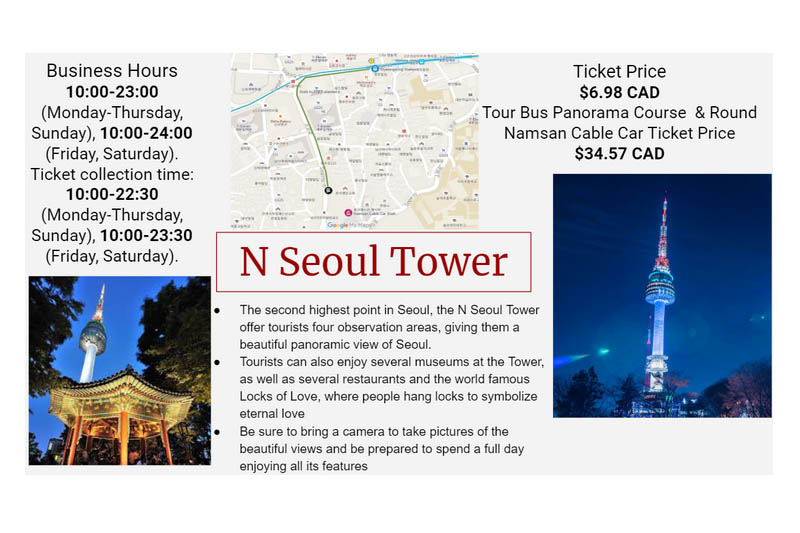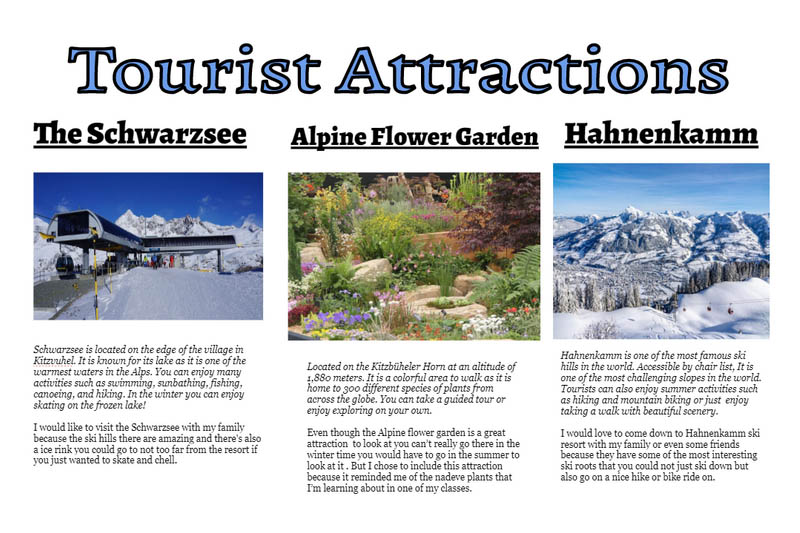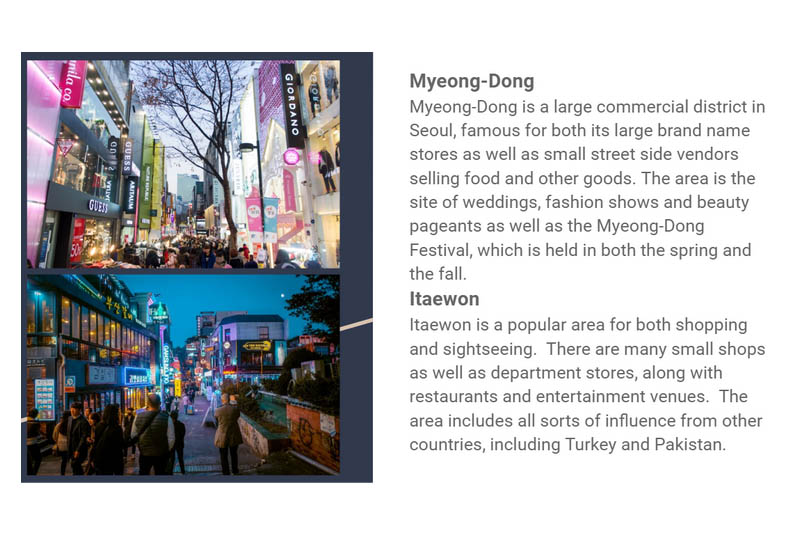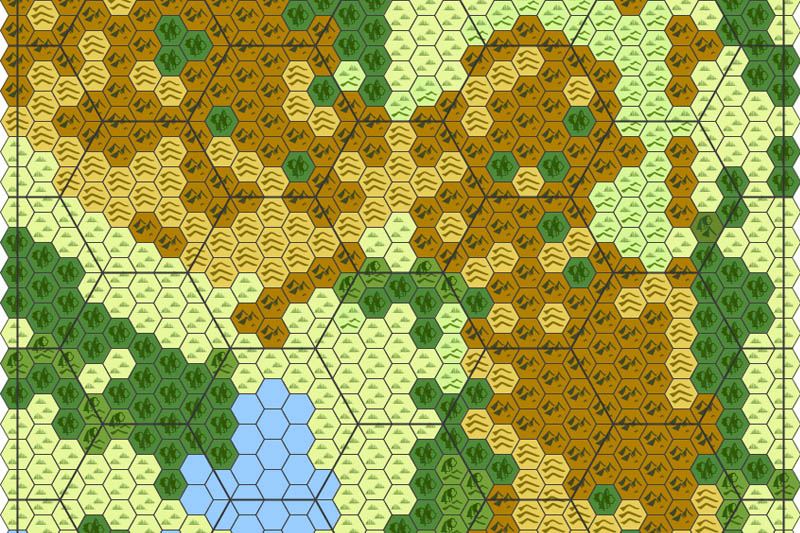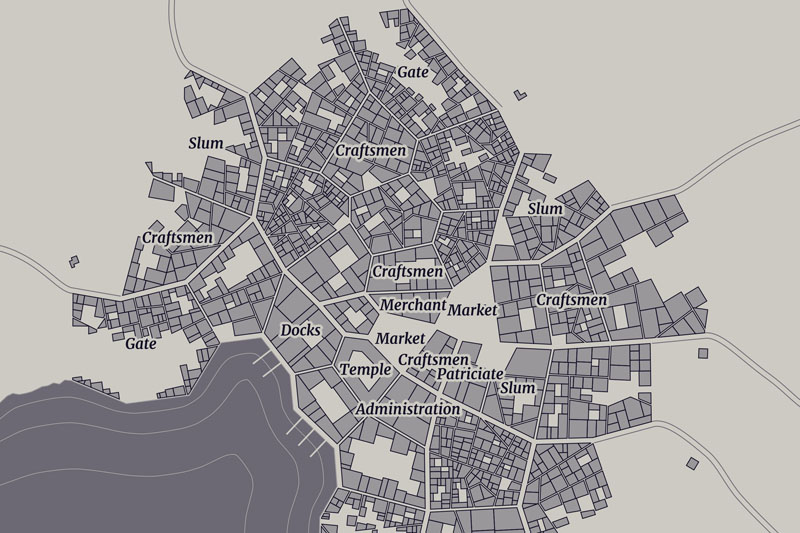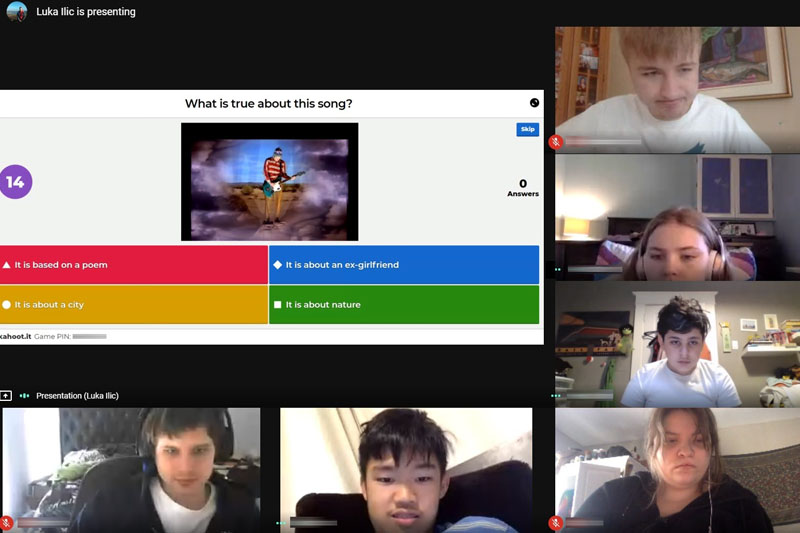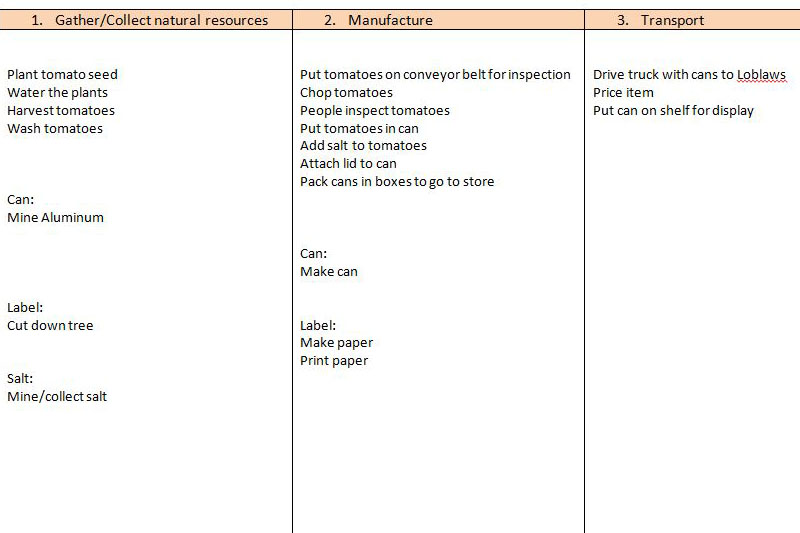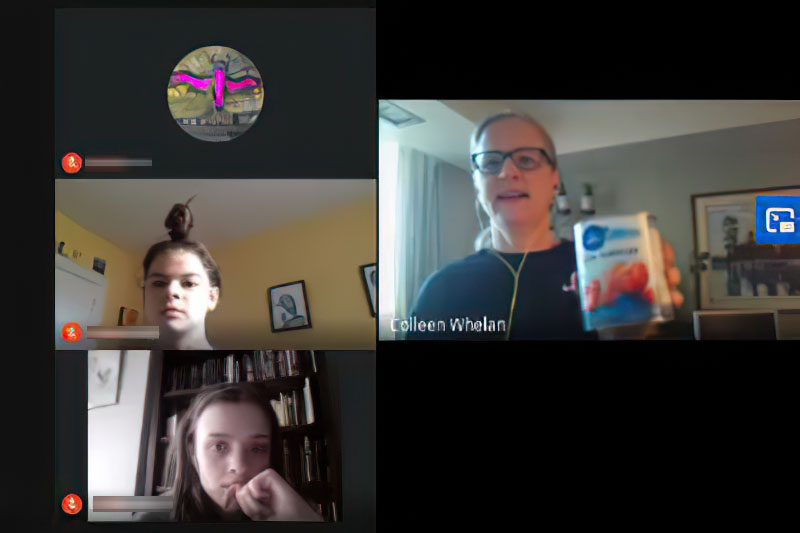When we first embarked on this virtual journey there was nothing but wilderness: forests, rivers, canyons, green fields, and wild animals in this new environment. Our virtual world is now 43 days old and has been running almost 24/7 (minus some downtime during classes). The initial week of getting situated and figuring out what we as a community wanted to build was quite structured, we discussed community rules, being a responsible virtual villager, the essentials of settling in a new world (building shelter, respecting borders, sharing resources, etc.) After that initial phase, we removed most of the structured goals and activities and observed what the students would create on their own during club time and on their own time.
It has been an absolute pleasure observing the birth of a vibrant community created by students cooperating, planning, gathering resources and helping each other build whatever they saw fit. I witnessed the creation of not just buildings that acted as shelter, but actual homes – all with unique individual designs and aesthetics. The further I explored I found:
- Hidden Green Spaces and Community Gardens
- Sustainable Houses with vegetable gardens and farm animals
- Intricate road networks for travelling between communities
- A ‘Sea Turtle’ farm situated in a small canyon water reservoir
- Industry and Mining areas for resource extraction to build structures from new materials
- Forges and Workshops to create new and better items for community members
I look forward to seeing what else this community will create in this new world! Next week we will be bringing some more structured goals back, specifically the ‘Great Wall Initiative’ and the development of our community village with public buildings for new players.

